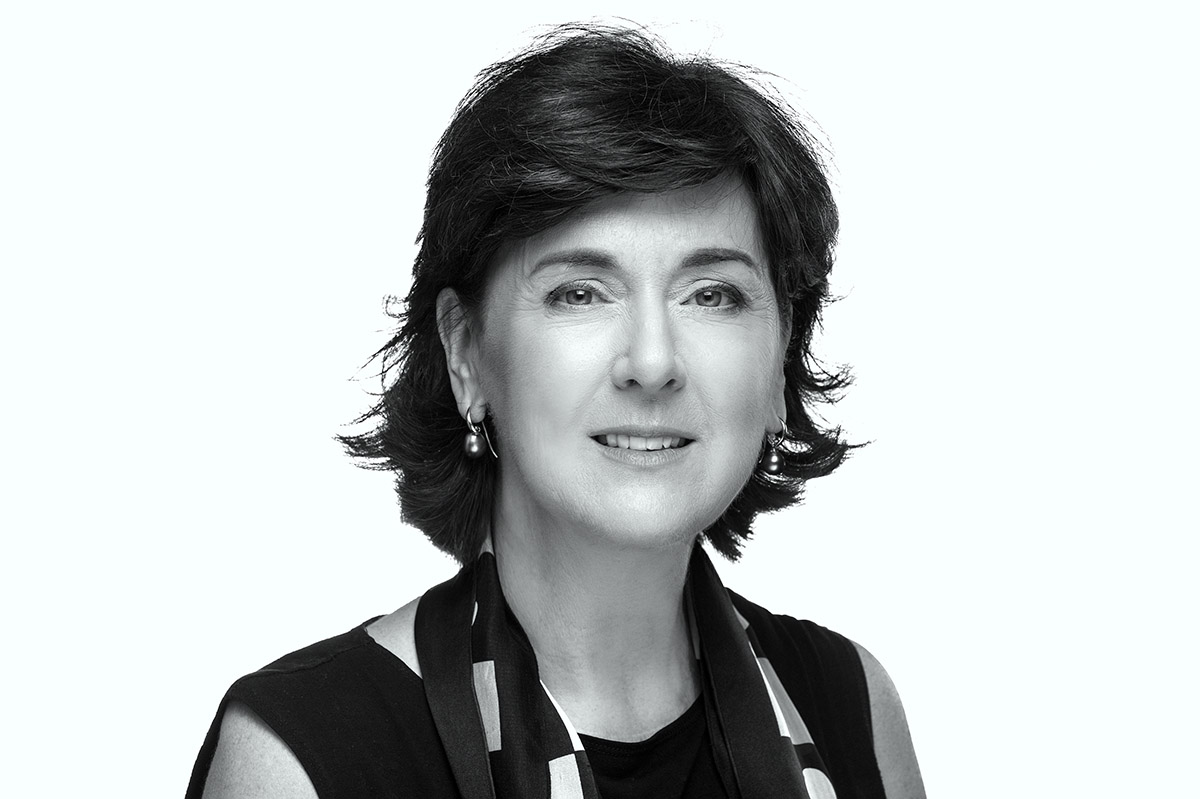The new parish priest at St Canice’s in Kings Cross has upended the spatial experiment that shaped the community for the last two decades. Father David Braithwaite SJ wants to “mainstream” the church and reinstate traditional liturgical practices and observances that he claims have greater appeal to the poor, the young, the alienated and people from non-Anglo backgrounds. Returning the church to its historical layout of all eyes – and all activity – up in the sanctuary is the first step in his six-year campaign to save the parish from becoming a museum or a redevelopment site. The reaction from existing parishioners – outed in the vision as Anglo-Celtic baby boomers – has been one of shock, sadness, and anger.
Braithwaite wants St Canice’s be a place that “rejects labels like ‘conservative’ or ‘progressive’ and all variations thereof” and says that he believes that “the Evil Spirit has a field day with this sort of language to breed division and disrespect for each other.” We dont need to weaponise the labels when we have the built environment which operates as a low frequency 24/7 broadcaster of who’s important, and how we are to behave.
Twenty years ago, Father Steve Sinn SJ moved the altar and lectern down from the sanctuary and into the heart of the nave. The first experiment had the front half of the church seats face the back, but this soon changed so that all pews were reoriented to run the length of the church and faced each other, four deep. This created a generous area in the middle to host the ‘scenery’ of the mass. The lectern was closest to the doors, the priest’s chair was behind the altar closest to the sanctuary. It was unusual, but not unorthodox. The award-winning new wing of St Patrick’s Cathedral in Parramatta, designed by the late Aldo Giurgola with GMB Architects, was also informed by the same principles.
Steve’s impulse was to have people gathering around the table, not an audience watching the liturgy at a distance. He encouraged people to stay standing during the Eucharistic prayer. At first some were distracted as they looked across at into people’s faces, rather than row after row of the back-of-heads. Over time it connected the community through the liturgy and held a more inclusive space for lay voices. And because it was different, it felt more welcoming for many who’ve been alienated by clericalism and sexual abuse scandals. This “lateral” church became part of the DNA at St Canice’s. It’s been heartbreaking for many parishioners to see it undone with no warning or meaningful engagement around the changes.
To echo Julia Gillard’s remarks in her final press conference as Prime Minister, it doesn’t explain everything but does explain some things. There’s a humility and a willingness to engage that comes when a group setting shifts from a formal structure of authority to a more inclusive, egalitarian setting. Think of the difference between a leader at the head of a long rectangular table, and a group meeting in a circle. Consider the lecturer who moves from the front of a raked auditorium, to being a teacher who works among small groups. Look at how few private corner offices now feature in any workplace. Popes, teachers, and bosses – all have come to realise that wielding overt power is not serving them as well as it used to. Synodality, informality and collegiality have more impact and – once experienced – it’s hard to go back to the old ways of relating.
Until the built environment forces you to.
On ABC iview you can watch a reality TV series called “Back In Time For Dinner“. The program explores different decades of Australian life by transforming the interiors of a Sydney house into faithful historical replicas. In the first episode Annabel Crabb transports the Ferrone family back to the 1950s when life was simpler: dad was in charge, mum was in the kitchen, children went to bed early. The shock of being immersed into the old world reduces mum Carol to tears as she’s worn down by outdated social structures. Even dad Peter feels disconnected in his splendid isolation.
Experiencing the new (old) “vertical” theology at St Canice’s is like time travelling back before Vatican II. Formal and hierarchical. And while the furniture could always be moved back, we would still be left with a parish priest who believes that going back in time is the best way “to reinvigorate the parishioners of old to return, and at the same time…find new ways to get people of all ages to want to be part of the St Canice community.”
Author
-

Sue Wittenoom is a Perth born architect who lives and works on Gadigal land in Sydney. She is the founder of The Soft Build and has been a volunteer at St Canice’s kitchen for thirty years.
View all posts

